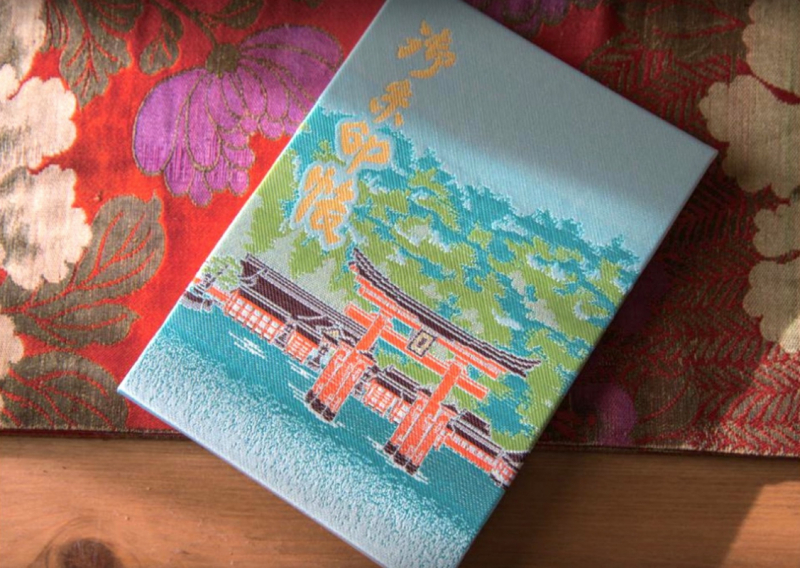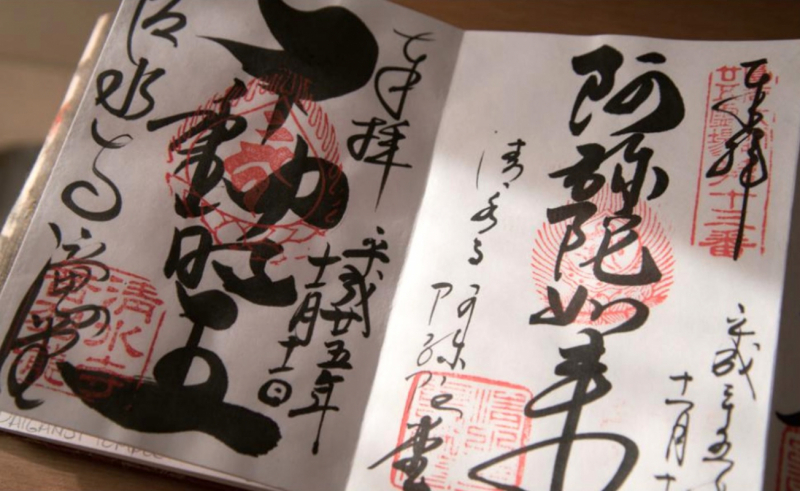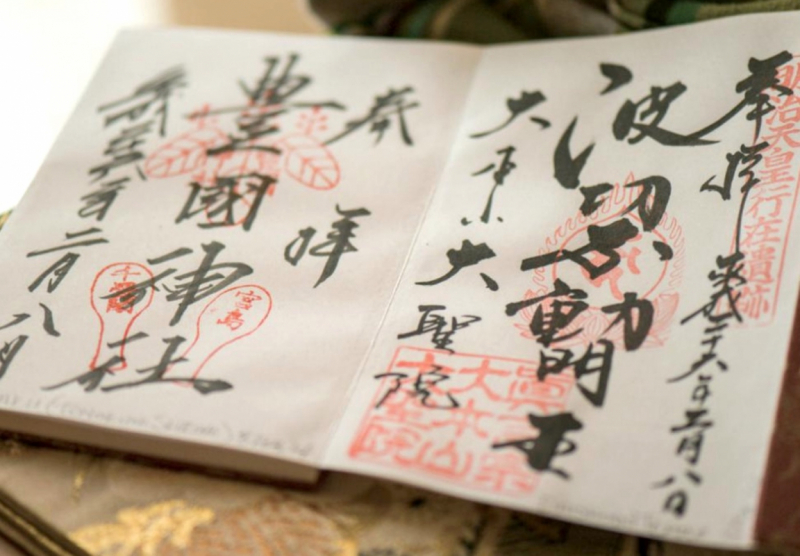Goshuincho: Beautiful reminders of your time in Japan
I have lived in Japan for most of my life and have been fortunate enough to have traveled from one end of this beautiful country to the other. This, of course, means that I have visited a good number of the thousands of shrines and temples for which Japan is well known.
It was, however, only about 6 years ago, when visiting a friend in the Tokyo area, that I first heard about go-shuin temple and shrine stamps. She showed me a ‘temple stamp book’ or shuin-cho [朱印帳] that she had bought on a trip to Kyoto in which she had collected stamps from the temples and shrines she had visited. Both the stamps and the book itself were incredibly beautiful and I was immediately hooked. I purchased my own shuin-choat a shrine the very next day.
I have since filled up two of the regular books and one special shuin-cho on a pilgrimage I did in Shimane. Most large temples and shrines sell the books, and some have a beautiful design of that temple or shrine on the cover. I’ve seen the books priced between ¥1000 and ¥1500.
There is also a fee for the go-shuin stamp which is almost like a piece of art, far more elaborate than a simple ink stamp. Typically, each stamp is ¥300. They are such great souvenirs to collect while traveling around Japan. They don’t take up much space, provide a record of your travels and many are beautiful enough to cut out and frame, so you can enjoy them every day.
It’s also pretty cool to watch them stamp your book and then write the name of the temple or shrine over the stamps in Japanese calligraphy. Some places will do it right there in front of you, while others will take your book and hand you a number so you can come back later to pick it up. Some shrines and temples will allow you to take a photograph of the person stamping and writing in your book, but many do not, so please ask first.
It is usually pretty easy to find the place where you can get your stamp, but I have been to temples and shrines where it is in another building way off to the side. If you are having a hard time figuring out where to take your book, just go up to where they are selling the lucky charms and ask Go-shuin wa doko desu ka? I’ve also had a lot of luck with just showing someone my book and asking, Shuin? Someone will point you in the right direction.
Another thing I love about collecting these stamps is that it helped me to more fully appreciate the shrines and temples I visit. I have always found them fascinating and beautiful, but I will admit that I have been guilty of zipping through some of them pretty quickly.Handing off my book and being asked to come back after I’ve paid my respects has made me slow down and really enjoy the beauty that each place has to offer.
While I do get very excited about my stamps and I am always eager to check out the style of each new stamp, visiting shrines and temples is not just about getting another stamp for my book. Please pay your respects by giving an offering and saying a little prayer, making a wish, or giving thanks. The offering can be whatever you feel like giving or whatever you can afford. Some people make offerings of just a one yen coin and others put bills in the offering box. It doesn’t matter and nobody will be offended by the amount. Just please make sure you are putting Japanese currency into the offering box. Once you have placed your offering in the box, at a shrine you will ring the bell (if there is one), bow twice, clap twice, and then bow once while silently expressing feelings of gratitude. If you are at a temple, you can just bring your hands together and pray. Also, please keep in mind that there are some temples and shrines that do not offer go-shuin.
Whether you live in Japan or you are just visiting, purchase a shuin-cho at the next temple or shrine you visit and start building your own unique keepsake from your adventures.
For more great insights into Japan from Linda Sue, visit her website IwakuniFoodie.com and follow her @IwakuniFoodie on Twitter, Facebook and Instagram.





